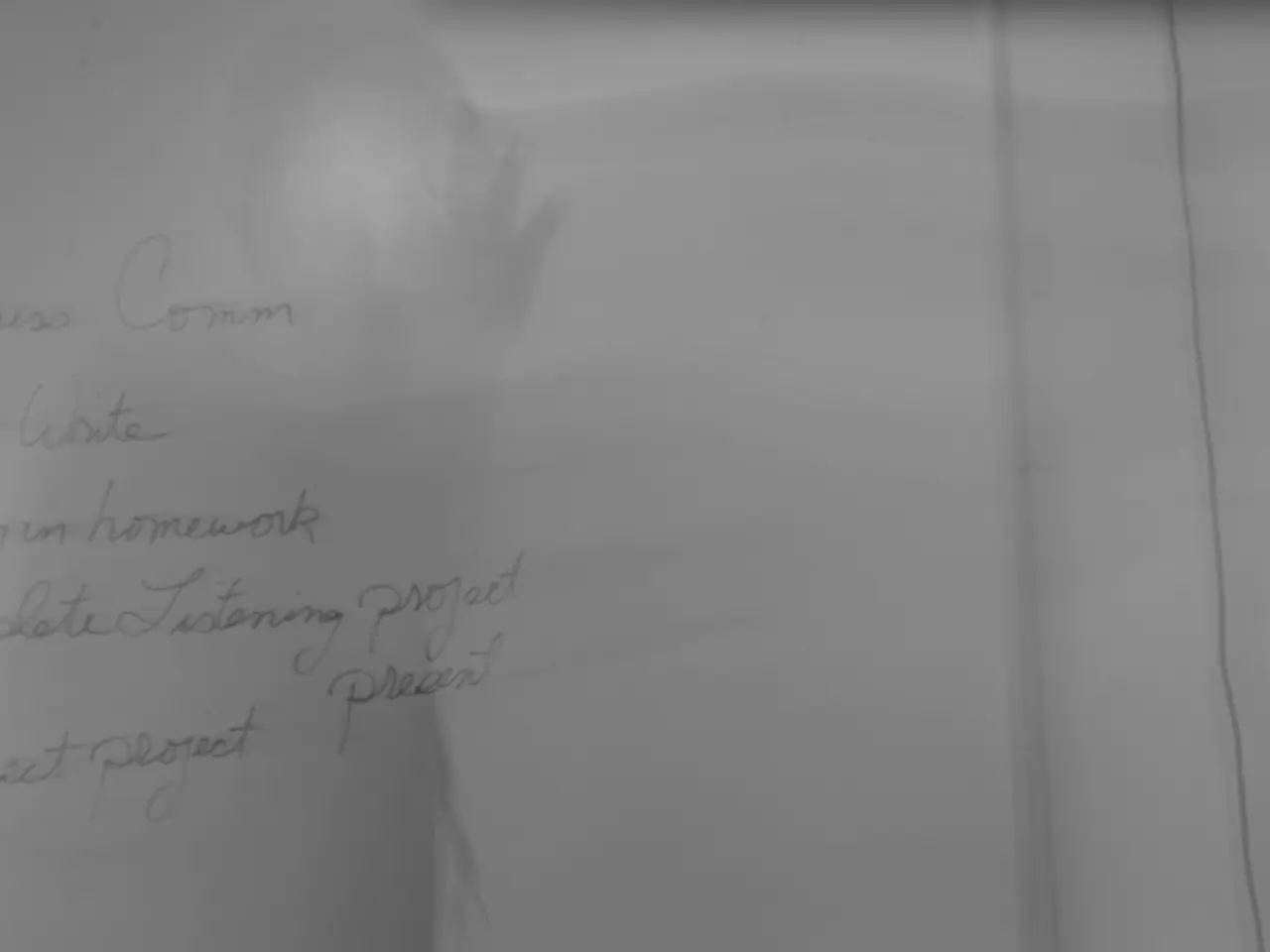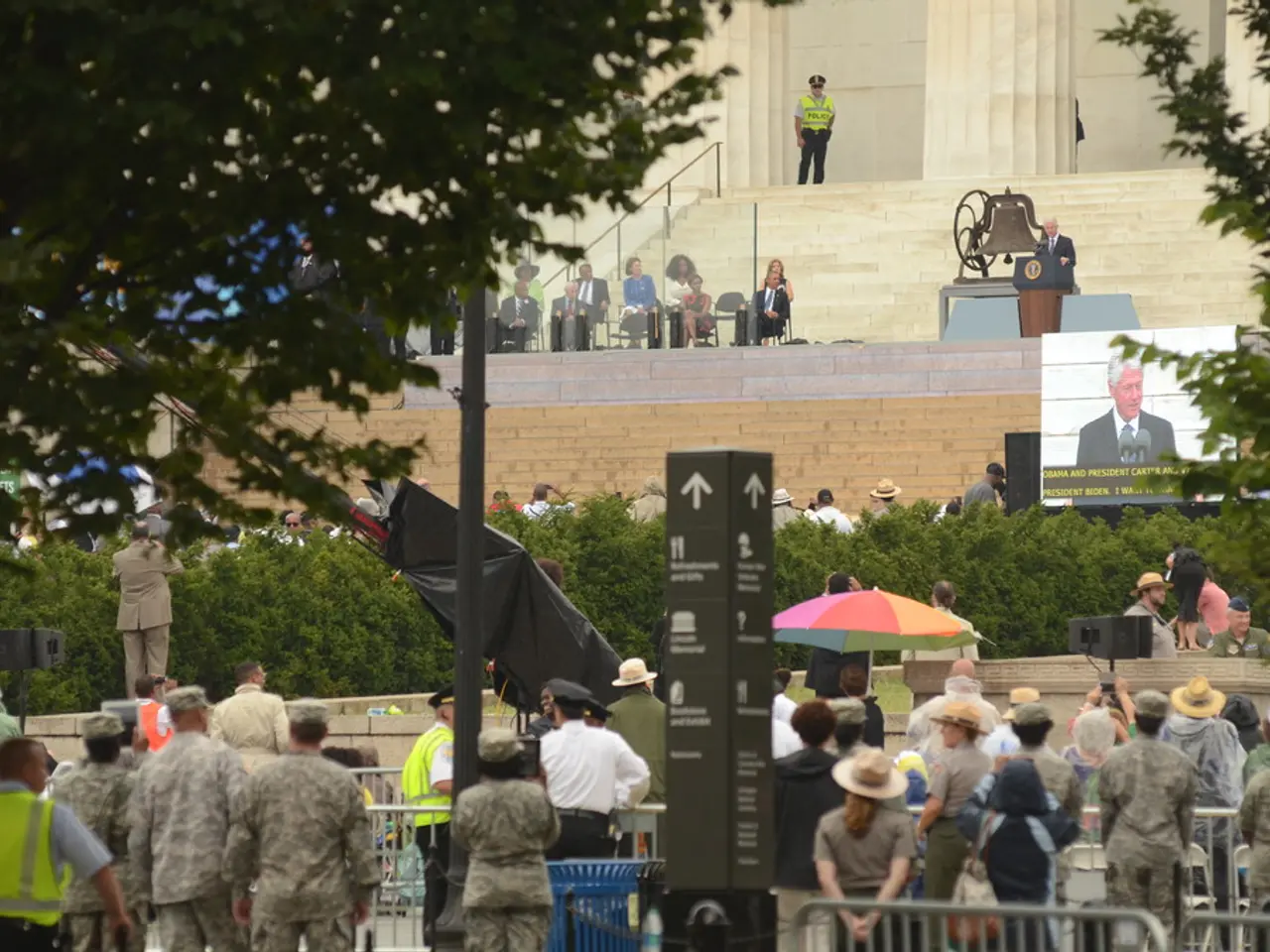United States to Reap Financial Gains from Implemented Tariffs, According to Donald Trump
The tariffs imposed by Donald Trump's executive orders continue to evolve, with suspensions, modifications, and ongoing negotiations affecting various countries. The primary focus remains on China, but other countries such as the EU, UK, South Korea, and Japan are also impacted.
China
President Trump has suspended heightened tariffs on Chinese imports until November 10, 2025, maintaining a 10% reciprocal tariff as a baseline. This suspension is intended to support ongoing trade discussions addressing trade imbalances, unfair practices, and national security concerns. Other US tariff measures on China remain in place, including duties on certain goods, with specific adjustments such as revoking the de minimis exemption for some items to increase tariffs on Chinese goods sent via international postal networks.
Tariff Rate Adjustments
There is a planned increase in the baseline reciprocal tariff rate to 15–20%, although some implementation dates have been delayed. For instance, the increase for China is delayed until November 9, 2025. Several executive orders between March and May 2025 have modified tariff rates and expanded tariff scope, including investigations into commercial aircraft imports affecting countries like Japan and South Korea.
Other Countries (EU, UK, South Korea, Japan)
While the primary focus is on China, there are references to ongoing investigations and tariffs for imports of commercial aircraft and jet engines (significant for Japan and South Korea). The administration continues efforts to negotiate and align trade policies with these partners, seeking reciprocal trade practices and addressing barriers impacting US exports, domestic manufacturing, and national security. However, specific definitive agreements or suspensions for the EU and UK are not detailed in the latest executive orders or fact sheets.
In April, plans were announced to impose tariffs on 211 countries and territories. Trump's initiative to review trade policy was first announced in April, and the first executive order imposing import tariffs was signed on August 1. The countries affected by the tariffs have, in the past, been beneficiaries of the United States while also mocking it.
The overall impact of Trump's tariffs aims at correcting trade imbalances, protecting the domestic manufacturing base, and securing national economic and defense interests under a declared national emergency linked to trade deficits. The negotiations and policy reviews continue, with the goal of achieving fair and reciprocal trade practices.
- The tariffs affecting imports from China, the EU, UK, South Korea, and Japan are part of the ongoing policy-and-legislation changes in trade, influenced heavily by politics as General-News consistently covers.
- Amidst the negotiations with China, the administration is also investigating imports of commercial aircraft and jet engines from Japan and South Korea, highlighting the widespread impact of the policy-and-legislation changes in the global politics of trade.







